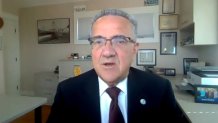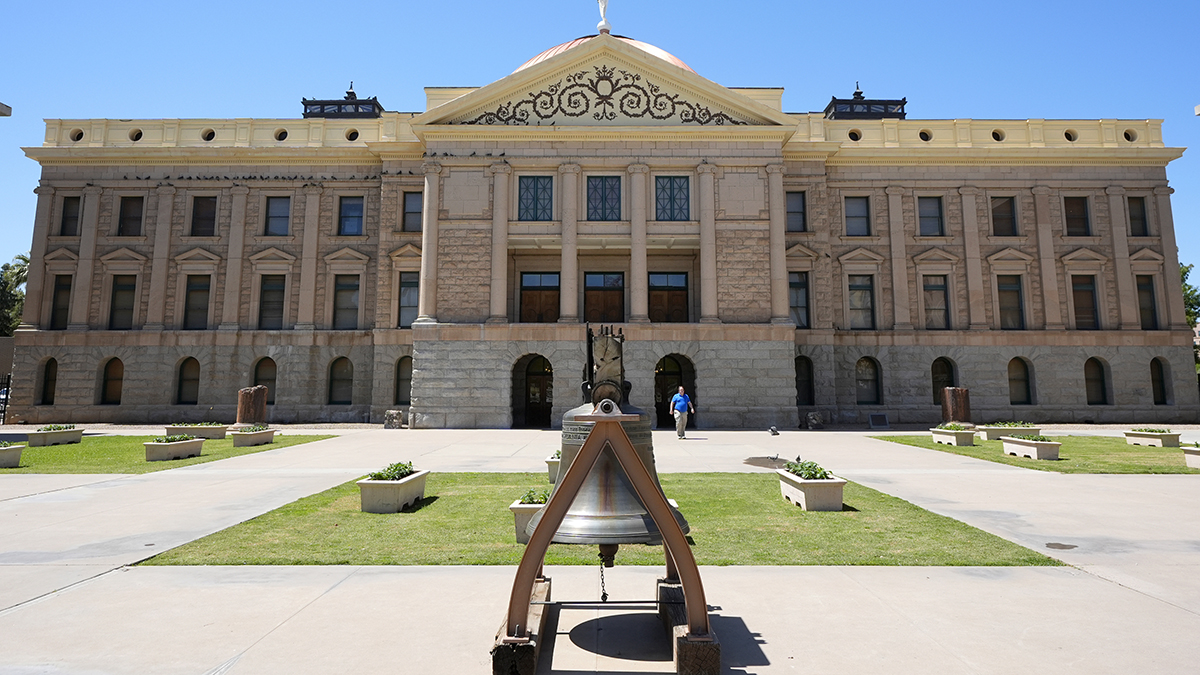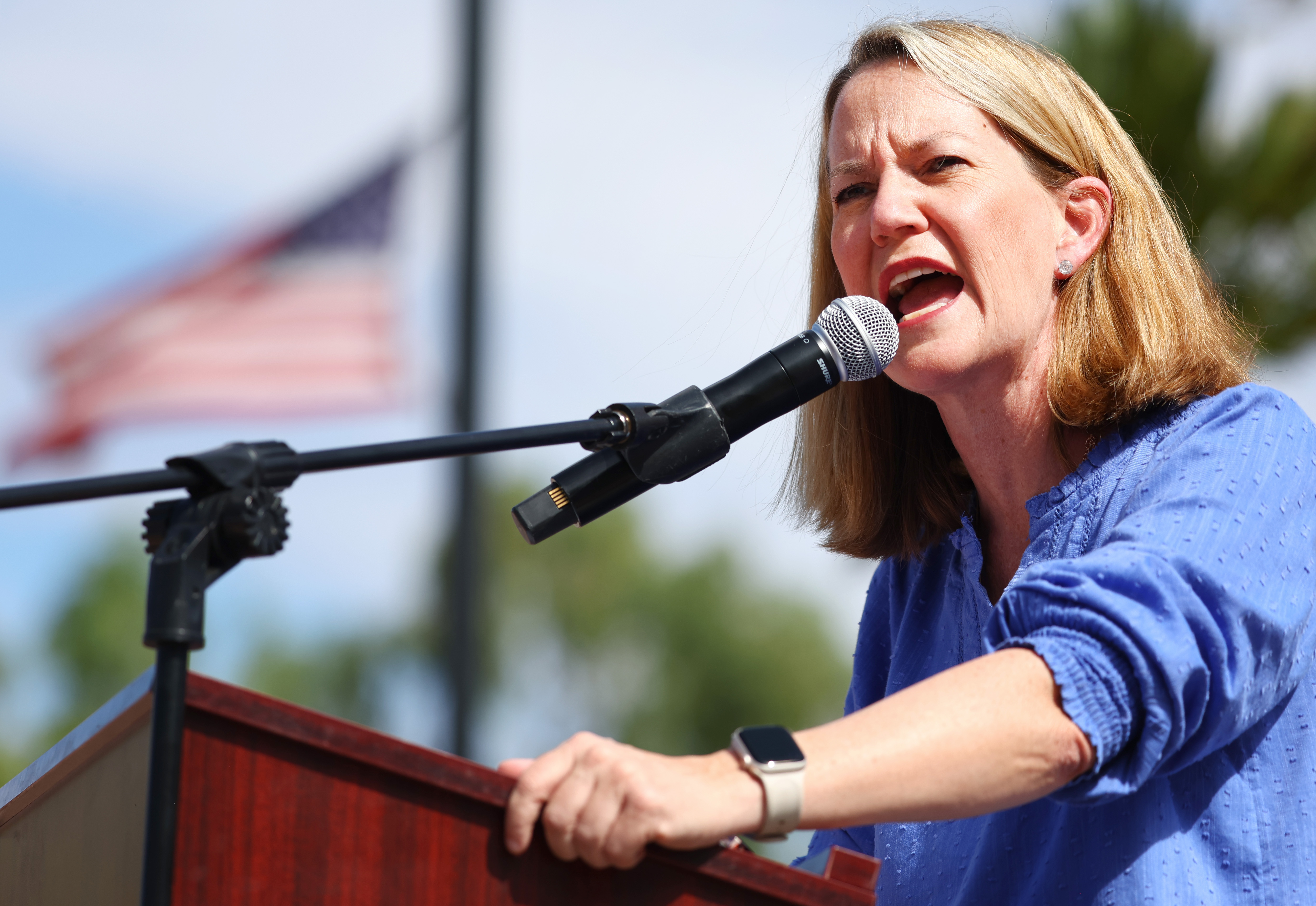San Diego's city seal was crafted by an architect with local ties more than a century ago and highlights elements of the city's past, but some elements of the city's history being celebrated on the seal are due for a re-examination, according to a recently elected city councilman.
The seal was commissioned by the city and created by Carleton Winslow, who also designed structures in Balboa Park for the Panama-California Exposition in 1915-16, as well as the Bishop's School, in La Jolla, according to the city's website.
Now, though, City Councilman Joe LaCava of District 1 is calling for the city to have a "robust" public dialogue about changing the seal, which he says no longer reflects "who we are as a city."

Get San Diego local news, weather forecasts, sports and lifestyle stories to your inbox. Sign up for NBC San Diego newsletters.
"We are so much of a different city then we were in 1914," LaCava told NBC 7 on Thursday. "We were just trying to get our name on the map, especially with the opening of the Panama Canal.... But showing the Spanish ships that explored and then colonized this area, highlighting the Mission that spread religion to indigenous people, pillars that are intended to show that our foundation was based on Spain's exploration -- none of that is relevant today in who we are as a city."
LaCava is referring to a ship on the seal used to represent the arrival in 1542 of Juan Rodrigues Cabrillo aboard the San Salvador, as well as a mission-style belfry of the type seen at SDSU's campus.
Also coming in for criticism: a pair of winged wheels meant to invoke manufacturing and transportation, business sectors LaCava says are no longer representative of San Diego.
Politics
"We are so much different," LaCava said. " We can tell a much better story. I'm not here to tell people what the seal should look like, but it is time to take a fresh look at it."
When Winslow took it upon himself to design the seal, he selected a coat of arms within a circle with the motto "Semper Vigilans" -- "Always Vigilant." To paraphrase the city's site about the graphics on the seal: a wavy band represents the city's position on the sea. The caravel ship represents the exploration and settlement by the Spanish. The orange tree represents agriculture, and the winged wheels represent manufacturing and transportation. The belfry suggests early settlement by the Catholic priests. The pillars are used as supporters to recall the ancient territorial jurisdiction of Spain, and the two connected dolphins symbolize the Pacific and Atlantic oceans, inseparably united by the Panama Canal.
LaCava said he noticed the seal after his swearing-in last December.
"It really wasn't until I was sworn into office and my family took a closer look at the seal and looked up what was the meaning of each of these kind of artistic symbols that it really caught my attention, and I started to realize how many places -- now, of course, as an elected official that I see that logo now -- and that's what really brought it to the forefront for me," LaCava said. "And I would hope that each individual institution would be thoughtful, you know, looking at these similar kinds of, again, words, logos, mascots, etc., and have the hard conversations and make the right decisions moving forward."
Like many American cities, San Diego has been taking a hard look at its historic past during the past year, prompting, among other things, the renaming of Serra High School, which was named after Father Junipero Serra, a Franciscan missionary who came to the "New World" and preached Christianity to the indigenous people.
“His mission was to colonize them, which was to strip them of their culture and force them into Christianity,” said Dr. Erica Renfree, Ph.D., the school’s principal, who supported the renaming efforts.
LaCava is not the first to take issue with the elements Winslow selected for the San Diego seal -- in fact, the city website itself points out that there "are two discrepancies in the seal's design. First, San Diego was founded by Franciscan priests, not Carmelites. Second, the ship was most likely supposed to represent the ship of Juan Rodriguez Cabrillo, the first European explorer to enter San Diego Bay. However, Cabrillo's flagship San Salvador was a galleon, not a caravel."
"I'm not here to tell people what the seal should look like," LaCava said, "but it is time to take a fresh look at it, invite a robust public discourse on it, and establish a new seal that will maybe last for another hundred years -- or maybe it will last us for another 20 years and we'll take another look again about how we've progressed as a city."
LaCava said there is no formal process for giving the seal a makeover. Rather, he's looking to build agreement among his fellow council members and the mayor "that this something we should embark on." He said he was hoping to create a consensus and begin a process -- that would include public input -- in the next month or two that could lead to a new seal's adoption by the council and mayor. He stressed, however, that he had little interest in replacing the seal in a way that would cost the city -- so there won't be new business cards or any of the other branded materials the city has until the old one's have been used up.



